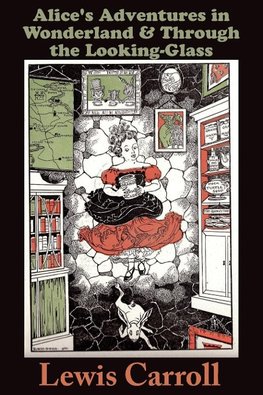
-
 Anglický jazyk
Anglický jazyk
Alice's Adventures in Wonderland
Autor: Lewis Carroll
Since Carroll was a mathematician at Christ Church, it has been suggested that there are many references and mathematical concepts in both this story and Through the Looking-Glass; examples include: In chapter 1, "Down the Rabbit-Hole",... Viac o knihe
Na objednávku
12.32 €
bežná cena: 14.00 €
O knihe
Since Carroll was a mathematician at Christ Church, it has been suggested that there are many references and mathematical concepts in both this story and Through the Looking-Glass; examples include: In chapter 1, "Down the Rabbit-Hole", in the midst of shrinking, Alice waxes philosophic concerning what final size she will end up as, perhaps "going out altogether, like a candle"; this pondering reflects the concept of a limit. In chapter 2, "The Pool of Tears", Alice tries to perform multiplication but produces some odd results: "Let me see: four times five is twelve, and four times six is thirteen, and four times seven is-oh dear! I shall never get to twenty at that rate!" This explores the representation of numbers using different bases and positional numeral systems: 4 × 5 = 12 in base 18 notation, 4 × 6 = 13 in base 21 notation, and 4 × 7 could be 14 in base 24 notation. Continuing this sequence, going up three bases each time, the result will continue to be less than 20 in the corresponding base notation. (After 4 × 12 = 19 in Base 39, the product would be 4 × 13 = 1A in Base 42, then 1B, 1C, 1D, and so on.) In chapter 7, "A Mad Tea-Party", the March Hare, the Hatter, and the Dormouse give several examples in which the semantic value of a sentence A is not the same value of the converse of A (for example, "Why, you might just as well say that 'I see what I eat' is the same thing as 'I eat what I see'!"); in logic and mathematics, this is discussing a converse relation. Also in chapter 7, Alice ponders what it means when the changing of seats around the circular table places them back at the beginning. This is an observation of addition on the ring of integers modulo N. The Cheshire cat fades until it disappears entirely, leaving only its wide grin, suspended in the air, leading Alice to marvel and note that she has seen a cat without a grin, but never a grin without a cat. Deep abstraction of concepts, such as non-Euclidean geometry, abstract algebra, and the beginnings of mathematical logic, was taking over mathematics at the time Dodgson was writing. Dodgson's delineation of the relationship between cat and grin can be taken to represent the very concept of mathematics and number itself. For example, instead of considering two or three apples, one may easily consider the concept of 'apple', upon which the concepts of 'two' and 'three' may seem to depend. A far more sophisticated jump is to consider the concepts of 'two' and 'three' by themselves, just like a grin, originally seemingly dependent on the cat, separated conceptually from its physical object.
- Vydavateľstvo: Ancient Wisdom Publications
- Rok vydania: 2019
- Formát: Paperback
- Rozmer: 229 x 152 mm
- Jazyk: Anglický jazyk
- ISBN: 9781940849997
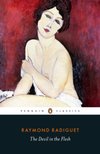
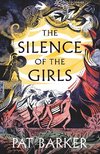
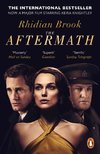

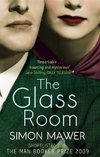

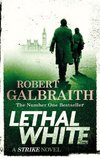
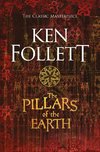
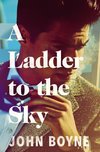


 Nemecký jazyk
Nemecký jazyk 
